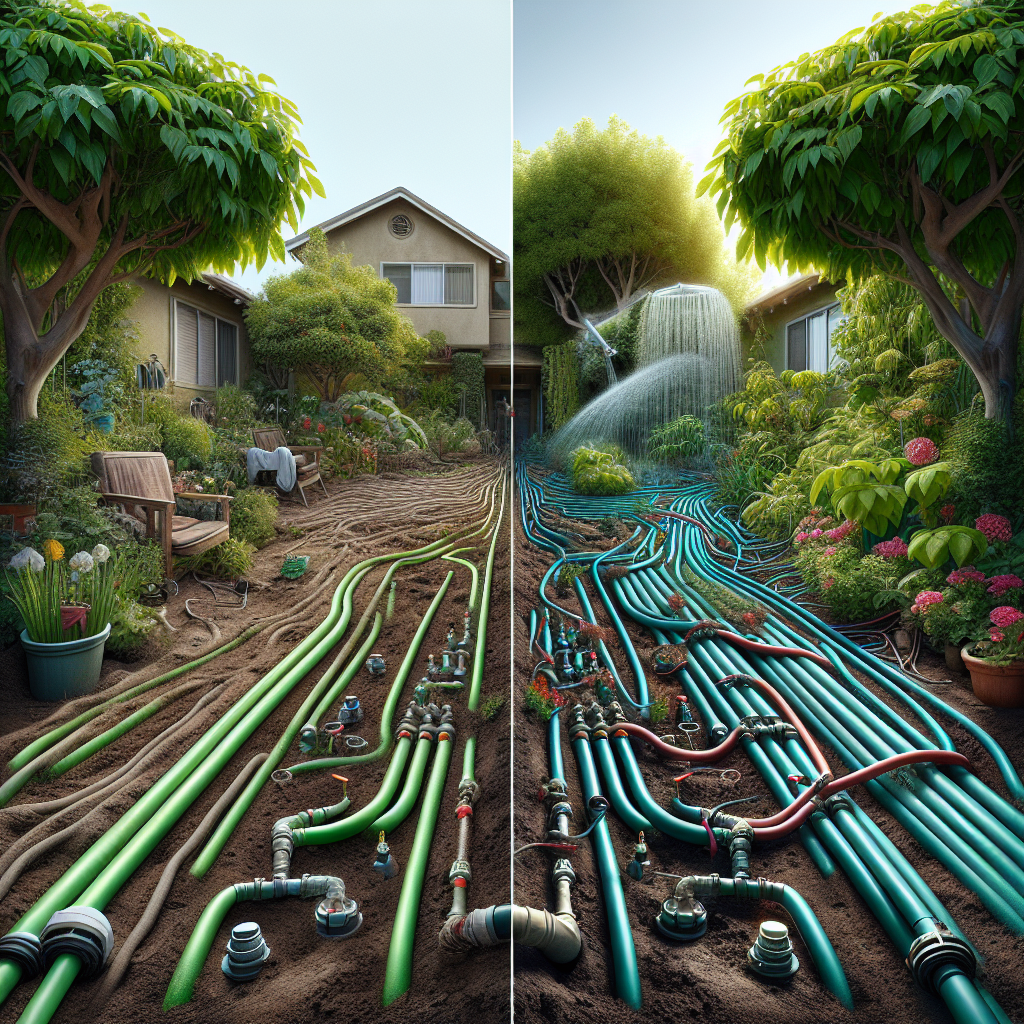Slow drip irrigation is revolutionizing the way we care for our gardens. This innovative method of watering plants delivers water directly to the roots, resulting in healthier plants, less water waste, and ultimately a more sustainable approach to gardening.
Traditional methods of watering, such as using a sprinkler or hose, can result in water being wasted through evaporation or runoff. This not only wastes a precious resource but also can lead to over-watering or under-watering plants. Slow drip irrigation solves these problems by delivering water directly to the root zone of each plant at a slow and steady rate.
One of the key benefits of slow drip irrigation is its efficiency. By delivering water directly to the roots where it is needed most, plants are able to absorb more moisture without wasting any through evaporation or runoff. This can result in significant water savings, making it an environmentally friendly choice for gardeners looking to conserve water.
Another advantage of slow drip irrigation is its ability to promote healthier plant growth. By watering plants at their roots, slow drip irrigation encourages deep root growth and reduces the risk of diseases such as root rot. This can result in stronger, more resilient plants that are better able to withstand environmental stresses such as drought or extreme temperatures.
In addition to promoting healthier plant growth, slow drip irrigation can also save gardeners time and effort. Once set up, a slow drip system can be automated to deliver water on a schedule that is tailored to the specific needs of each plant. This means less time spent manually watering plants and more time enjoying your garden.
Furthermore, slow drip irrigation can help gardeners save money in the long run. By reducing water usage and promoting healthier plant growth, slow drip irrigation can lead to lower water bills and reduced need for fertilizers or pesticides. Additionally, because plants are able to absorb nutrients more efficiently with slow drip irrigation, they may require fewer inputs overall.
For those concerned about the environmental impact of traditional watering methods, slow drip irrigation offers a sustainable alternative. By using water more efficiently and reducing waste, gardeners can contribute to conservation efforts and reduce their carbon footprint.
Setting up a slow drip irrigation system may seem daunting at first, but with some planning and preparation, it can be a relatively straightforward process. There are many resources available online that provide guidance on designing and installing a system that is tailored to your specific garden layout and plant needs.
In conclusion, slow drip irrigation is truly a game-changer for your garden. From promoting healthier plant growth to saving time and money, this innovative method of watering offers numerous benefits for both your garden and the environment. Whether you are an experienced gardener looking to take your skills to the next level or a beginner looking for an easy way to care for your plants more effectively, consider incorporating slow drip irrigation into your gardening routine – you won’t be disappointed!













